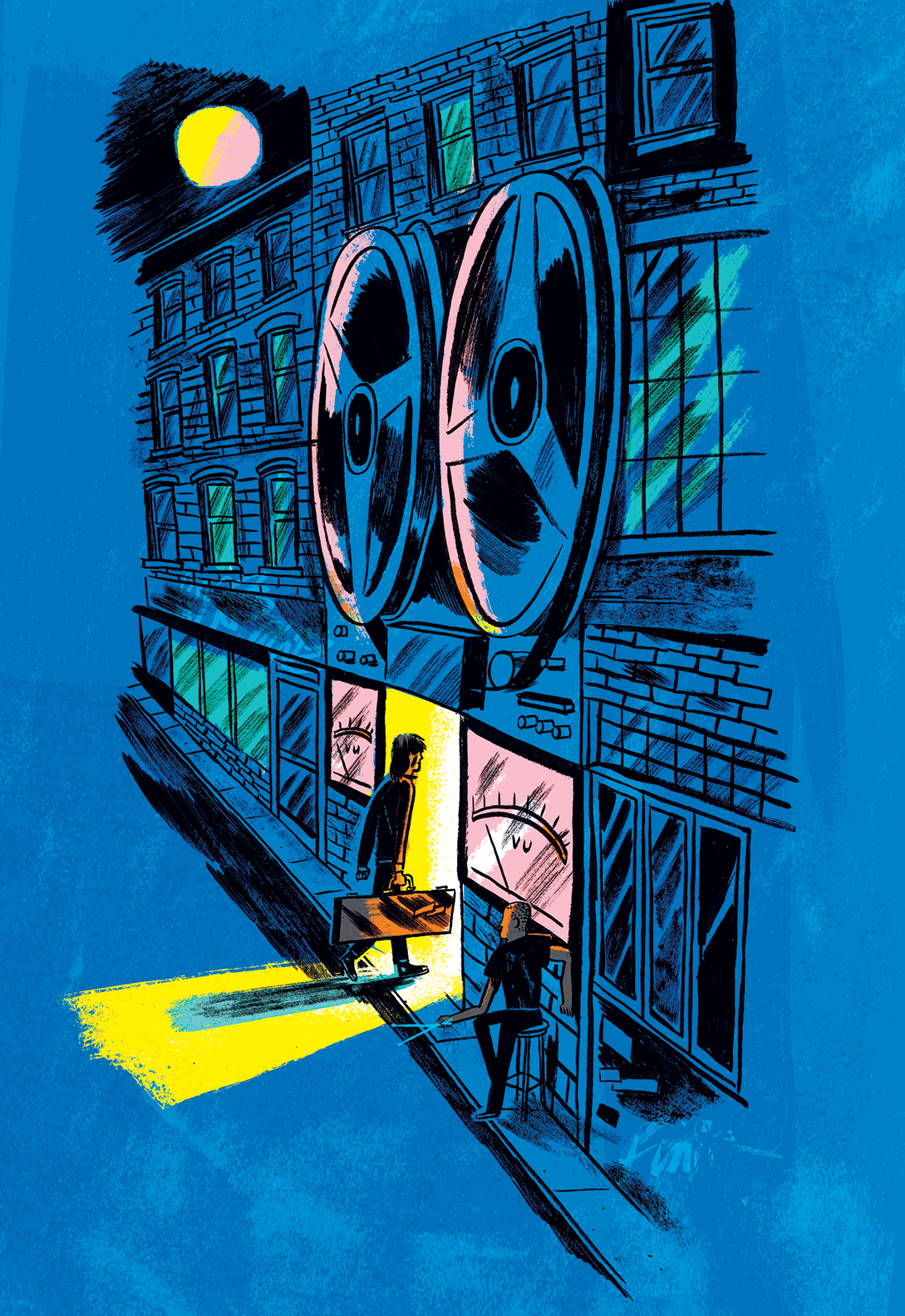If you've been making music for as long as I have, I bet that some of the headphones relegated to your "box of broken cans" are in there not because they stopped working, but because their earpads are flaking. During the ‘80s, ‘90s, and 2000s, it seemed like every headphone manufacturer was using the same thin, tear-resistant material to cover the cushioned components of their headphones. Unfortunately, as this material aged, it tended to delaminate, leaving annoying and unsightly black flakes in your hair and ears. So, into the box the headphones went. My many pairs of Sony MDR-7605 and MDR-V6 cans suffered this fate, as did my old Audio- Technica ATH-D40fs headphones [Tape Op #29]. A decade ago, I replaced the peeling earpads on two of my Sonys with Beyerdynamic DT250/DT280 parts [#63 Geeking]. These have a velour finish, which make them very comfortable — at the expense of an airtight seal and good bass response (for my head/neck–shape and ears). More recently, I went on an Amazon scavenger hunt (as Geoff Stanfield likes to call my shopping habit) and purchased a few sets of Geekria Replacement Ear Pads specifically shaped for the Sonys, at half the cost of the Beyerdynamic and Sony OEM replacements. The Geekria pads are covered in protein leather (the universal material for headphones nowadays), and with these donned on my Sonys, the bass response seems more consistent with what I experienced when the original cushions were in place. Moreover, each Geekria set came with a neoprene "tube" that zips over the headband — useful because the original headband material also deteriorates over time, but it isn't easily removable/replaceable. As you zip on this headband tube, you have to stretch and carefully hold it in place to achieve 100% coverage; but once it's zipped, it stays in place. For the earpads, a tool is included to help you stretch and then insert the flexible "flange" into the corresponding earcup slots, but I've gotten so adept at doing this kind of repair that I found it easier to use my bare fingers. The only downside is that the foam pieces that surround and cover the metal grilles of the headphone drivers are not included, so you have to MacGyver your own. I purchased a large, thin sheet of open-cell foam (marketed for air filters) from Amazon for a couple of bucks, and cut out the appropriate shapes to place between the drivers and the nylon stocking–like material of the Geekria earpad centers. Geekria isn't the only brand of replacement earpads for the Sonys, so you might want to shop around. For my long- discontinued Audio-Technica headphones, I tried a couple of different brands before finally settling on Shure HPAEC840 earpads made for the Shure SRH840 [#76]. These feel much more premium than the Geekria ones (despite similar pricing), and they have cushioned centers instead of a thin layer of nylon. For the flaking headbands of the Audio-Technicas, I used cotton, adhesive-backed bar tape, wrapping the headband like a bicycle handlebar. At each end of the headband, I applied self-fusing silicone tape [#107 Geeking] to prevent the bar tape from unraveling... On the subject of headphones — the headphone outputs of various pieces of gear in my studio certainly sound different, some sounding better than others. But that still didn't prepare me for the jump in clarity and detail that I can hear from the Little Labs Monotor headphone amp [#117] that I recently acquired. Tom Fine wrote an extremely informative review of this unique design, but I will add that I am very impressed with the improvement I hear in every pair of passive headphones I own (a dozen or so different models) when powered by the Monotor.

